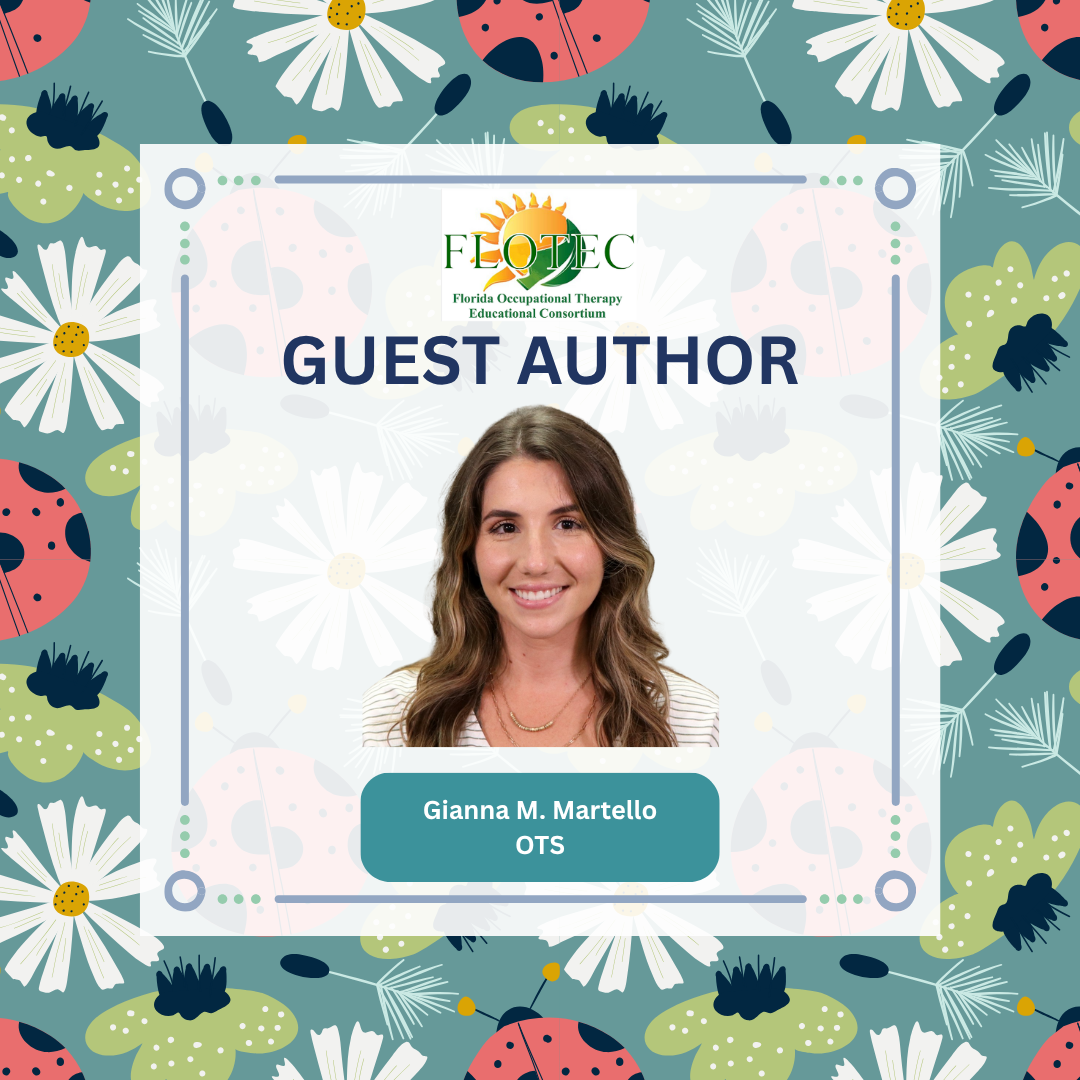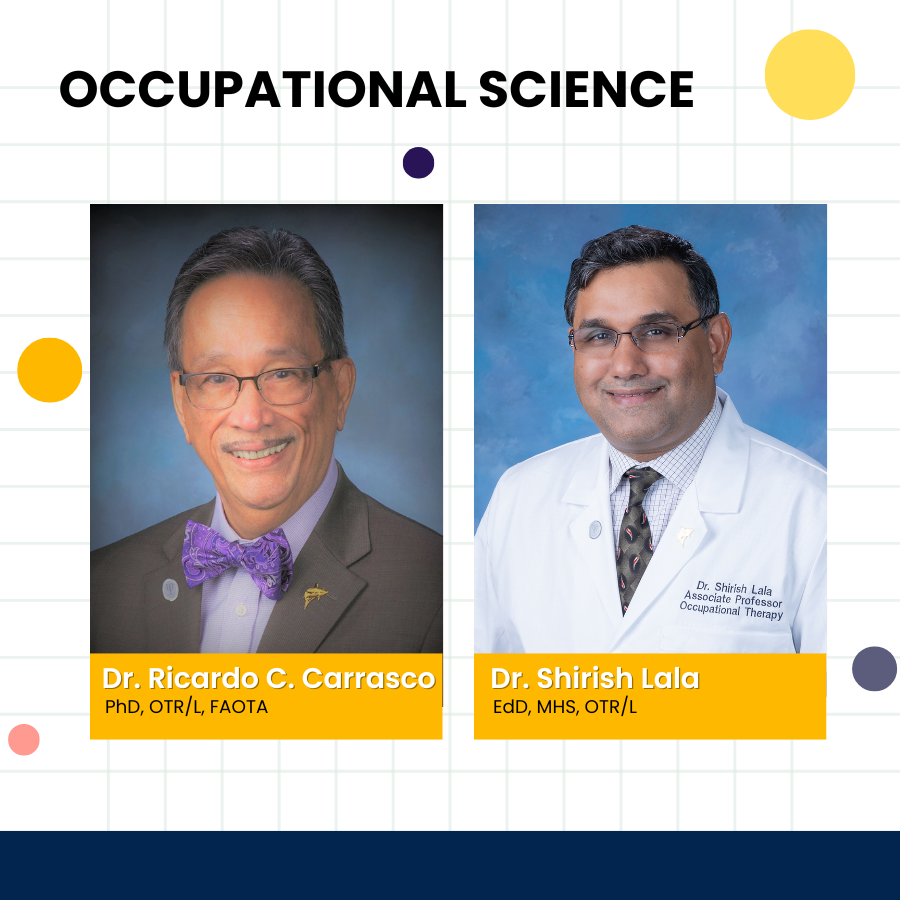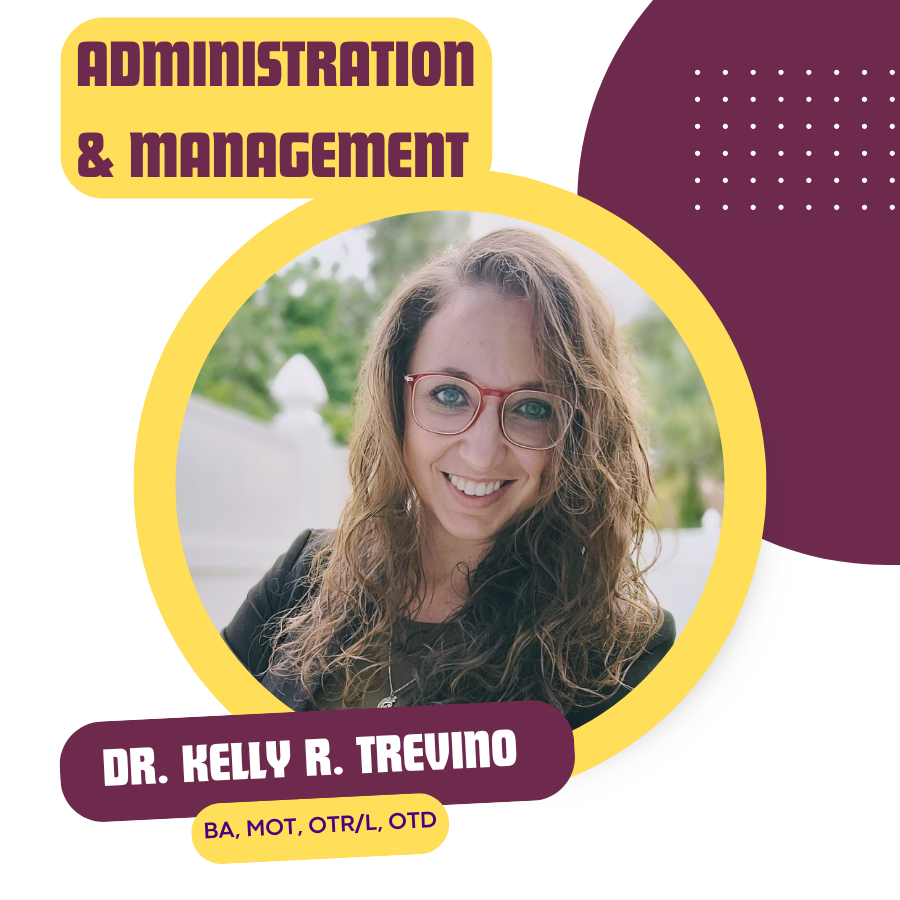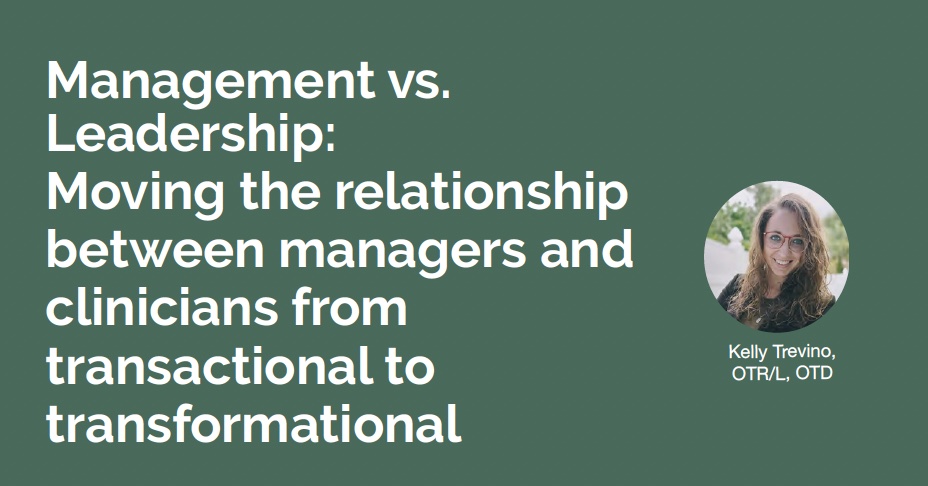 Revolutionizing Rehabilitation: How Artificial Intelligence is Shaping the Future of Occupational Therapy
Revolutionizing Rehabilitation: How Artificial Intelligence is Shaping the Future of Occupational Therapy
Dr. Jacqueline Achon & Dr. Kristian Llaca
Technology Special Interest Section
Abstract
Artificial intelligence (AI) is revolutionizing the healthcare industry, and occupational therapy (OT) is no exception. AI has the potential to enhance clinical decision-making, personalize interventions, streamline administrative tasks, and improve accessibility for both practitioners and clients. However, its integration into OT practice also presents ethical and logistical challenges. This discussion article explores AI’s applications in OT, the challenges it presents, and the ethical considerations that must be addressed for its responsible use.
Introduction
The use of artificial intelligence (AI) in healthcare has expanded rapidly, offering innovative solutions for patient care and professional practice. Occupational therapists have begun to turn to AI-powered tools to optimize rehabilitation plans, analyze patient progress, and automate documentation. The role of AI in occupational therapy (OT) continues to evolve, providing opportunities to enhance efficiency and patient outcomes. As these technologies become more prevalent, therapists must understand both their benefits and limitations to ensure equitable and effective care delivery (Mavani et al., 2023).
Applications of AI in Occupational Therapy
AI is transforming occupational therapy in several key areas. One major advancement is in clinical decision-making, where AI-powered tools analyze large datasets to help therapists develop evidence-based interventions. Predictive analytics can now identify patterns in patient progress and recommend treatment adjustments, leading to more precise and timely interventions (Mavani et al., 2024). Studies indicate that AI-driven rehabilitation plans may also improve accuracy and patient outcomes compared to traditional methods (Khalid et al., 2024).
Another crucial application is personalized interventions. AI-integrated wearable devices monitor movement patterns, activity levels, and physiological data in real-time, allowing therapists to tailor interventions to each client’s needs (Sali et al., 2025). AI has also been used as an interactive and personalized agent that is capable of supporting OT clients between therapy sessions by reminding them of their OT goal-attainment strategies (Kaelin et al., 2024). These technologies help ensure that rehabilitation strategies remain both effective and adaptable to individual progress.
AI has also begun to play a significant role in streamlining administrative tasks. Occupational therapists often face a heavy documentation burden, limiting the time available for direct patient care. AI-powered natural language processing tools can transcribe session notes, generate reports, and manage scheduling, reducing administrative workload and improving productivity. By adopting AI-powered intelligent document processing (IDP), organizations may be able to eliminate inefficiencies, enhance compliance, and reduce fraud risks, leading to billions in cost savings and improved customer experience (Pingili, 2025).
Challenges and Ethical Considerations
Despite its numerous benefits, integrating AI into OT practice presents challenges that must be carefully navigated. Data privacy and security are among the most pressing concerns. AI systems rely on extensive health data, making it essential to ensure compliance with regulations such as the Health Insurance Portability and Accountability Act (HIPAA). The risk of data breaches or unauthorized access raises ethical questions regarding how patient information is stored, shared, and used (Pina et al., 2024).
Algorithmic bias and equity in care present additional challenges. AI models are trained on existing healthcare data, which may contain biases that result in unequal treatment recommendations. If AI tools do not account for diverse populations, they may reinforce healthcare disparities, leading to suboptimal interventions for underrepresented groups. Occupational therapists must critically evaluate AI-generated recommendations to ensure fairness in care delivery (Ueda et al., 2024).
Another concern is the human element in therapy. Occupational therapy is inherently client-centered, emphasizing therapeutic relationships, emotional support, and individualized care. While AI enhances efficiency, it cannot replace the empathy and clinical reasoning that therapists provide. Over-reliance on AI may depersonalize care, affecting client engagement and trust in the therapeutic process (Dasgupta, A., 2023).
The digital divide and accessibility limitations must also be considered. Not all therapy settings, particularly those in rural or low-resource areas, have access to AI-driven technologies. Clients may struggle to benefit from AI-enhanced interventions if they lack necessary devices, internet access, or financial resources to afford high-tech rehabilitation solutions. Addressing these disparities requires strategic investment in accessible and affordable healthcare technology (Behzadifar et al., 2024).
Lastly, therapist education, training and adaptation present hurdles in AI integration. AI presents challenges across various fields of academia, including occupational therapy. The unethical use of AI-powered tools like ChatGPT has been observed in universities among prospective healthcare students, raising concerns that the consequences may not become apparent until they enter the workforce (Avello-Sáez & Estrada-Palavecino, 2023). The use of ChatGPT providing specific answers to questions posed in continuing education courses necessary for maintaining OT licensure may also diminish the competency of practicing OT’s entering new fields. Such practices could negatively impact the quality of care provided to clients receiving OT services. Therefore with the emergence of ChatGPT and other AI tools may require a review and adjustment of the competencies that both students and licensed professionals will be expected to develop (Avello-Sáez et al., 2022;Charumbira et al., 2021;Miller et al., 2001)
Conclusion
AI is revolutionizing occupational therapy by enhancing clinical decision-making, personalizing interventions, reducing administrative burdens, and expanding accessibility. However, its implementation must be approached with caution, ensuring ethical considerations, data security, and equitable access. Occupational therapists must remain engaged in the ongoing conversation about AI’s role in healthcare to maximize its benefits while addressing its challenges. By integrating AI responsibly, OT professionals can harness its potential to improve patient care and advance the field.
References
Avello-Sáez, D., Helbig-Soto, F., Lucero-González, N., & Fernández-Martínez, MDM (2022). What competencies does a community occupational therapist need in neurorehabilitation? Qualitative Perspectives. International Journal of Environmental Research and Public Health, 19(10), 1-17.;Charumbira et al., 2021;Miller et al., 2001)
Avello-Sáez, D., & Estrada-Palavecino, L. (2023). ChatGPT and its impact on competence training in occupational therapists: A reflection on academic integrity. Cadernos Brasileiros de Terapia Ocupacional, 31, e3534. https://doi.org/10.1590/2526-8910.ctoen271035342
Behzadifar, M., Yarahmadi, M., Saran, M., & Behzadifar, M. (2024). Health technology assessment: A key tool for advancing equity in universal health coverage. Health Technology Assessment in Action, 8(2).
Charumbira, MY, Berner, K., & Louw, QA (2021). Research competencies for undergraduate rehabilitation students: a scoping review. African Journal of Health Professions Education, 13(1), 52-58.;Miller et al., 2001)
Dasgupta, A. (2023). Intrusion Of Technology Ushering a New Concept from the Perspective of Promoting Patient-Centered-Care.
Kaelin, V. C., Nilsson, I., & Lindgren, H. (2024). Occupational therapy in the space of artificial intelligence: Ethical considerations and human-centered efforts. Scandinavian Journal of Occupational Therapy, 31(1). https://doi.org/10.1080/11038128.2024.2421355
Khalid, U. bint, Naeem, M., Stasolla, F., Syed, M. H., Abbas, M., & Coronato, A. (2024). Impact of AI-Powered Solutions in Rehabilitation Process: Recent Improvements and Future Trends. International Journal of General Medicine, 17, 943–969. https://doi.org/10.2147/IJGM.S453903
Kumar, W. (2024). Ethical Horizons in AI Development: Interdisciplinary Perspectives for Responsible Progress (No. 12711). EasyChair.
Mavani, C., Mistry, H. K., Patel, R., & Goswami, A. (2024). A Systematic Review on Data
Science and Artificial Intelligence Applications in Healthcare Sector. International Journal on Recent and Innovation Trends in Computing and Communication, 12(2), 519-28.
Miller, L. T., Bossers, A. M., Polatajko, H. J., & Hartley, M. (2001). Development of the Competency Based Fieldwork Evaluation (CBFE). Occupational Therapy International, 8(4), 244-262.
Pina, E., Ramos, J., Jorge, H., Váz, P., Silva, J., Wanzeller, C., ... & Martins, P. (2024). Data privacy and ethical considerations in database management. Journal of Cybersecurity and Privacy, 4(3), 494-517.
Pingili, R. (2025). AI-driven intelligent document processing for healthcare and insurance.
Sali, S., Chai, R., & Ganesan, B. (2025). Recent trends and digital technology applications in lower limb injury rehabilitation. In Digital Technology in Public Health and Rehabilitation Care (pp. 99-124). Academic Press.
Ueda, D., Kakinuma, T., Fujita, S., Kamagata, K., Fushimi, Y., Ito, R., ... & Naganawa, S. (2024). Fairness of artificial intelligence in healthcare: review and recommendations. Japanese Journal of Radiology, 42(1), 3-15.
 Passing the Baton of SIS Leadership of the FOTA Practice Standing Committee
Passing the Baton of SIS Leadership of the FOTA Practice Standing Committee







